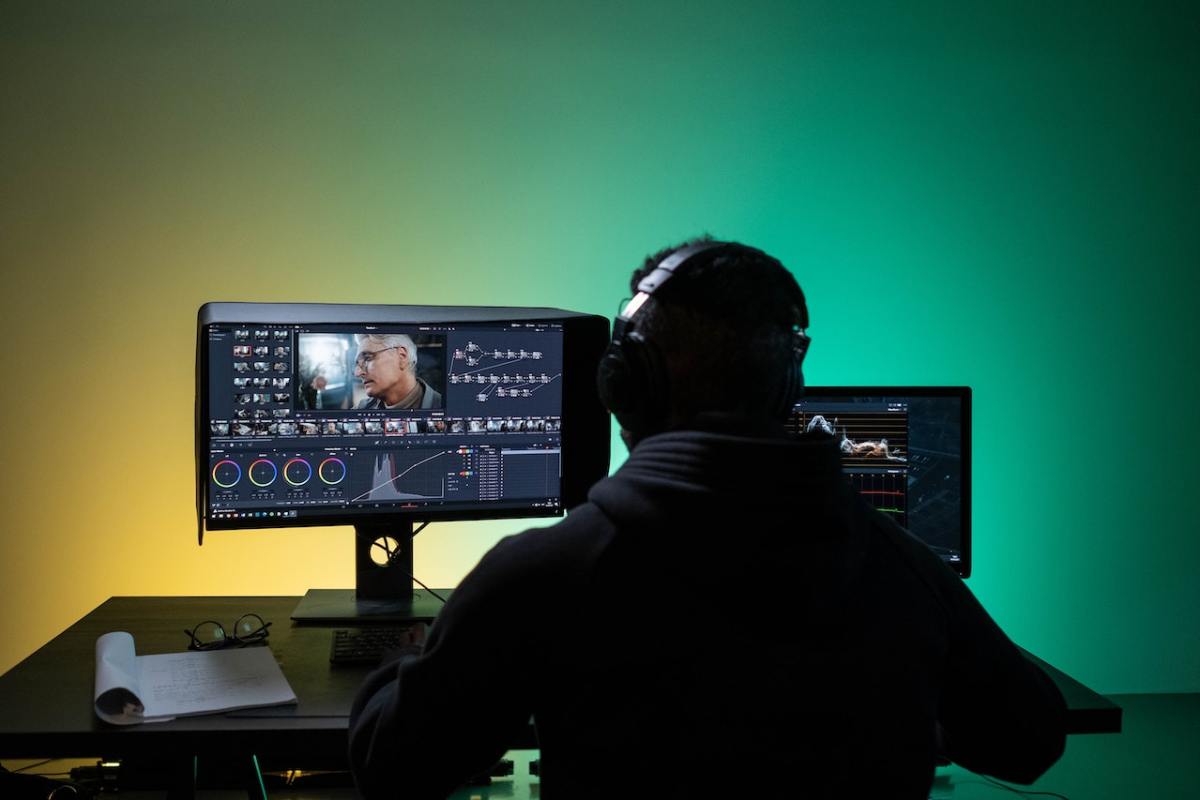eLearning problems; eLearning solutions
This blog post is written in collaboration with Kyle, Instructional Media Support.
Last Fall, Kyle and I tested five different instructional technology tools, and we have been eager to use these technologies to assist with eLearning team projects. In January, Tara, Lead Instructional Designer and assistant professor at Spring Arbor University (SAU), asked for help clarifying expectations for a major group presentation assignment in her History 221: Black Experience in America course. She needed to communicate the links between the expectations outlined in the syllabus and rubric to a sample presentation provided to students. With these requirements in mind, we chose OBS Studio to best support Tara and her students.
Continue reading “Creating eLearning Solutions Using OBS Studio”










You must be logged in to post a comment.